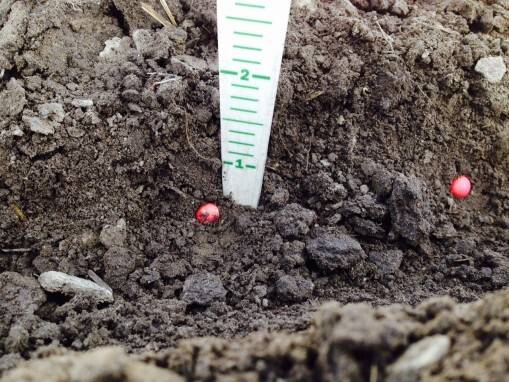#Plant15 is in full swing across the Midwest. With a 7-day forecast calling for nothing but sunshine and temperatures in the 70s, there’s talk that many farmers will go straight from planting corn to soybeans. We’re well within the window for achieving optimal yields for both corn and soybeans.
Research by Iowa State University shows the optimal planting dates for soybeans – if soil conditions are suitable – in the southern 2/3 of the state is the last week of April and the first week of May for the northern 1/3 of Iowa. Seventy-nine percent of the time planting in late April or early May resulted in higher yields than soybeans planted around May 20.
Due to the shorter growing season in the Dakotas and Minnesota, it’s important to plant soybeans early to catch more daylight. Soybean maturity is based on the length of daylight hours, and we all know the number of daylight hours decreases after June 20. Farmers must weigh the need to optimize daylight hours with the need for warmer soils.
Experience has shown us that good yields are made when farmers hold off planting soybeans until soil temperatures reach – and maintain – temperatures of 60. Soil temperature is more critical when planting soybeans than corn because corn can more readily germinate in a soil environment of about 55 degrees.
If the air temperature after germination hits 28 degrees Fahrenheit or less, soybean seedlings can be killed since the growing point of the plant is right at emergence. That’s why it’s also important to look at the 10-day forecast to see what temperatures will likely be when the seedlings emerge.

We certainly understand a farmer’s eagerness to get seed in the ground, but we also know that it pays to take a few precautions. Get out of the cab periodically and check (1) seed-to-soil contact; (2) planting depth and (3) seed spacing. Watch for skips and doubles. Missing plants will decrease yield relative to a uniform stand. Finding too many doubles is not only a waste of seed, it can also mean that your planting units are in need of adjustment or repair.
Inadequate planter adjustments coupled with fast planter speeds results in seeding depth variability within a row. Variable seeding depth translates into variable emergence rates which results in reduced yields. Take your time and have a safe planting season!
